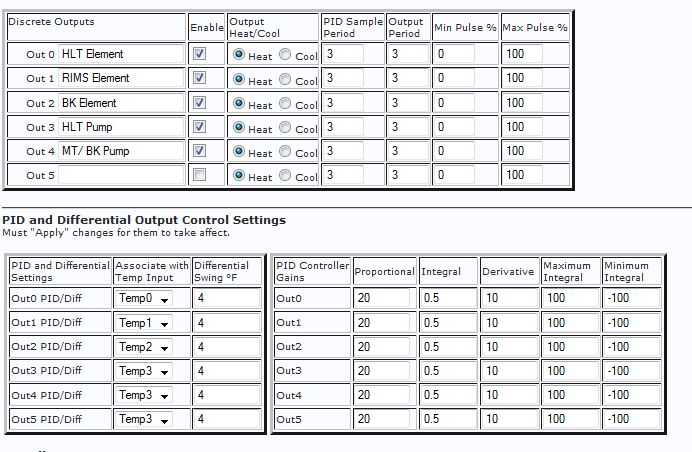FYI.....Here is the thread that casued me to install the flow switch:
https://www.homebrewtalk.com/f51/burned-out-heating-element-rims-140750/. There is a great picture of a RIMS that almost caused a fire in the middle of the thread.
I was not that brave... it was a pretty controlled test. I first ran it with the PID set at 100f so I had plenty of time to shut off the element if it got out of control.
I don't think it has anything to do with autotune. I was actually pretty impressed with the BCS out of the box.
I think the PID is "working/applying energy" to adjust the temp of the full volume and when it suddenly (in the case of a stuck mash, or my case a closed valve), it puts that same energy into heating just the volume of the RIMs chamber.
A couple things I realized during the test;
As in the case you linked to... If the RIM's runs dry (because of a leak, or it hasn't been filled yet), the element will likely burn up before the temp probe reaches the setpoint.
Also, A stuck mash means your pump input is going to be shut off... so you risk burning up a pump.
In the end... I think the flow switch is a GREAT idea. It should prevent you from burning up an element in the event of a dry fire AND it will save your pump and possible your element in the case of a stuck mash.
As I was looking at the flow switches... I noticed the ones I saw had a filtration rating between 100 and 150 microns. Is this an issue for us circulating our mashes? Also, when you see a rating like .25gpm, is that the minimum flow to engage the switch (I'm assuming that is not a max flow rate through the switch)?
Edit: A couple more thoughts...
I think if your setpoint was closer to boiling temp, you would be more likely to have the problem CodeRage described. In that case, the overshoot that I witnessed would put you above boiling and the water would quickly evaporate. At the setpoint, I was at, there was enough time for the PID to adjust before it got near boiling.
Also, I think the amount of overshoot I witnessed (about 10f), is related to the volume of my rims heater. My heater is copied from SawDustGuy's "RIMS for Dummies" thread and is 2" in diameter. A smaller volume, would likely have a much greater overshoot (possibly to the boiling point).
And finally... this test was done with a BCS-460, not a PID, they may operate differently in this situation.








